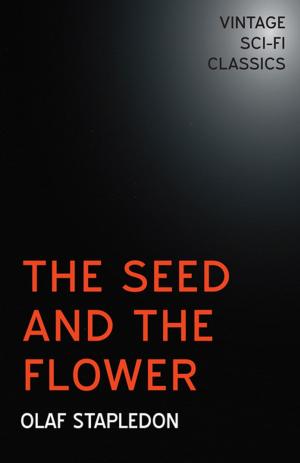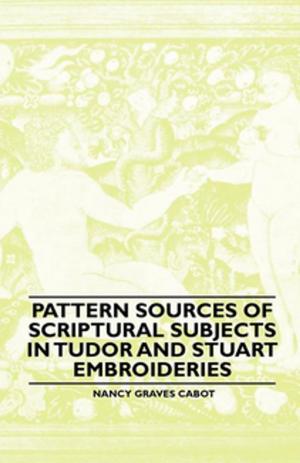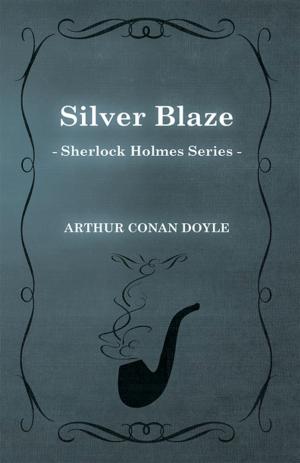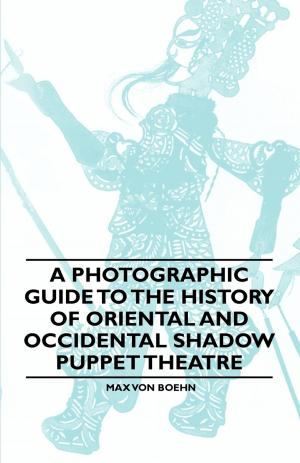| Author: | Allen Leepa | ISBN: | 9781473386037 |
| Publisher: | Read Books Ltd. | Publication: | May 31, 2013 |
| Imprint: | Leepa Press | Language: | English |
| Author: | Allen Leepa |
| ISBN: | 9781473386037 |
| Publisher: | Read Books Ltd. |
| Publication: | May 31, 2013 |
| Imprint: | Leepa Press |
| Language: | English |
The science of aesthetics was originally based on classical art even a contemporary philosopher of art like Croce never departs from the data of the Graeco-Roman and Renaissance tradition. Modern art, however, has made a decisive break with that tradition, and considerable confusion has been caused by the application to its products of criteria of judgment derived from a past historical phase. Even in our private, unprofessional approach to modern art, we come unconsciously armed with such prejudices. What, therefore, was necessary was a complete revision of aesthetics on the basis of the ample material produced by the modern movement in art, and this Mr. Allen Leepa has now provided. The material in question consists primarily of the works' of art themselves, and these, in significant selection, Mr. Leepa has subjected to a thorough functional analysis. But he realises that the explanation of art does not end with its formal dissection the function of art, as he says, is to ex press emotional meanings in the organized patterns of a medium and he has ventured on the much more difficult task of defining the nature of that psychological process. At this point formal analysis is of no avail, and what we fall back on is the artist's own description of his activity. Luckily modern artists have been surprisingly communicative, and Mr. Leepa has not failed to take advantage of the statements which, from time to time, artists like Picasso, Matisse, Klee and Mondrian have made. He has been aided in his under standing of what they mean ( which is not always clear) by his own practice as a painter, which has saved him from some of the simplifications which an outsider might be tempted to make for the sake of a neat system. Admirable, for example, is the way in which he insists, in Chapter X, on the mutual interaction of medium and idea in the process of creation. We are far too apt to think of the work of art as the illustration of a preconceived idea, instead of an organic growth in which idea only played the part of germ or seed. Particular attention should be given to all that Mr. Leepa has to say on the subject of abstract art, for which the average critic has hitherto reserved his most obstinate resistance. In its various forms ( and there is a wide divergence of aim within the so-called abstract movement) this type of art does, of course, make the most decisive break with the classical or humanist tradition. It is to be observed, however, that it is precisely this type of art which lends itself to the formulation of a coherent aesthetic; and though Mr. Leepa quite rightly insists on its individualistic and subjective nature, the final result would seem to be the discovery of archetypal forms of the widest social significance. The last point I would like to select for emphasis from a book so replete with interest is the firm way in which Mr. Leepa insists on the social significance of his subject.
The science of aesthetics was originally based on classical art even a contemporary philosopher of art like Croce never departs from the data of the Graeco-Roman and Renaissance tradition. Modern art, however, has made a decisive break with that tradition, and considerable confusion has been caused by the application to its products of criteria of judgment derived from a past historical phase. Even in our private, unprofessional approach to modern art, we come unconsciously armed with such prejudices. What, therefore, was necessary was a complete revision of aesthetics on the basis of the ample material produced by the modern movement in art, and this Mr. Allen Leepa has now provided. The material in question consists primarily of the works' of art themselves, and these, in significant selection, Mr. Leepa has subjected to a thorough functional analysis. But he realises that the explanation of art does not end with its formal dissection the function of art, as he says, is to ex press emotional meanings in the organized patterns of a medium and he has ventured on the much more difficult task of defining the nature of that psychological process. At this point formal analysis is of no avail, and what we fall back on is the artist's own description of his activity. Luckily modern artists have been surprisingly communicative, and Mr. Leepa has not failed to take advantage of the statements which, from time to time, artists like Picasso, Matisse, Klee and Mondrian have made. He has been aided in his under standing of what they mean ( which is not always clear) by his own practice as a painter, which has saved him from some of the simplifications which an outsider might be tempted to make for the sake of a neat system. Admirable, for example, is the way in which he insists, in Chapter X, on the mutual interaction of medium and idea in the process of creation. We are far too apt to think of the work of art as the illustration of a preconceived idea, instead of an organic growth in which idea only played the part of germ or seed. Particular attention should be given to all that Mr. Leepa has to say on the subject of abstract art, for which the average critic has hitherto reserved his most obstinate resistance. In its various forms ( and there is a wide divergence of aim within the so-called abstract movement) this type of art does, of course, make the most decisive break with the classical or humanist tradition. It is to be observed, however, that it is precisely this type of art which lends itself to the formulation of a coherent aesthetic; and though Mr. Leepa quite rightly insists on its individualistic and subjective nature, the final result would seem to be the discovery of archetypal forms of the widest social significance. The last point I would like to select for emphasis from a book so replete with interest is the firm way in which Mr. Leepa insists on the social significance of his subject.















